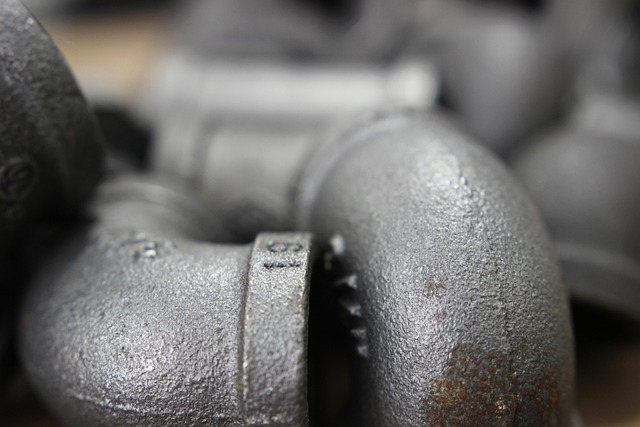Homeowners can effectively manage plumbing issues, from low pressure to clogs, by understanding common problems and utilizing reliable plumbing solutions. Regular maintenance, quick action against leaks, and DIY methods for minor issues prevent major damage and costly repairs. Professional help is required for complex cases like frozen pipes or severe clogs. Proactive measures like regular inspections and preventing debris buildup ensure a reliable plumbing system. Reliable plumbing solutions save money, prevent waste, and maintain efficient water supply.
Facing plumbing woes? Look no further! This comprehensive guide unveils reliable plumbing troubleshooting solutions for common issues plaguing your home. From identifying leaks and unclogging drains to fixing a running toilet and maintaining water heaters, we’ve got you covered. Learn effective step-by-step guides and home remedies, plus expert tips for preventing pipeline freezing and addressing clogged sewer lines. Get ready to conquer plumbing problems like a pro with these reliable plumbing solutions.
Understanding Common Plumbing Issues

Plumbing issues can range from minor inconveniences to major crises, but with a basic understanding of common problems and reliable plumbing solutions, homeowners can often tackle them head-on. One of the most frequent issues is low water pressure, which may be caused by mineral buildup in pipes, faulty valves, or leaks. Addressing this promptly prevents wastage and ensures consistent performance.
Another prevalent concern is clogs in sinks, showers, or toilets. These obstructions can result from debris buildup, tree roots infiltrating pipes, or improper disposal of non-biodegradable materials. Regular maintenance and using drain cleaners or natural remedies can prevent these clogs from becoming persistent headaches. Reliable plumbing solutions often involve a combination of DIY methods and professional intervention for complex problems.
Checking for Leaks: A Step-by-Step Guide
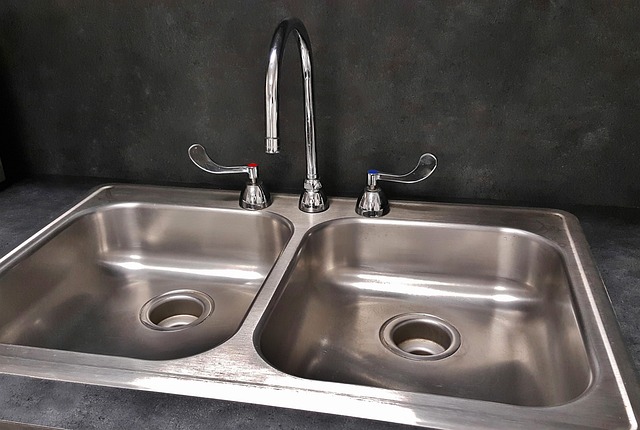
Checking for leaks is a crucial step in maintaining reliable plumbing solutions. Start by turning off all water supplies to the affected area or even your entire home, if necessary. Then, inspect pipes and fittings for any visible signs of moisture or water damage. Often, leaks manifest as tiny drips or persistent wetness around joints and valves. If you spot a leak, locate the source by tracing the pipe back to its origin. This process requires patience, but it’s vital for addressing the issue effectively.
Once you’ve identified the leak, the next step is to determine its severity. Some leaks can be easily repaired with simple tools like plumber’s tape or silicone caulk. For larger or more complex leaks, professional assistance might be needed. Reliable plumbing solutions often begin with accurate identification and swift action, ensuring your home remains water-tight and avoiding potential damage or costly repairs down the line.
Unclogging Drains: Effective Home Remedies
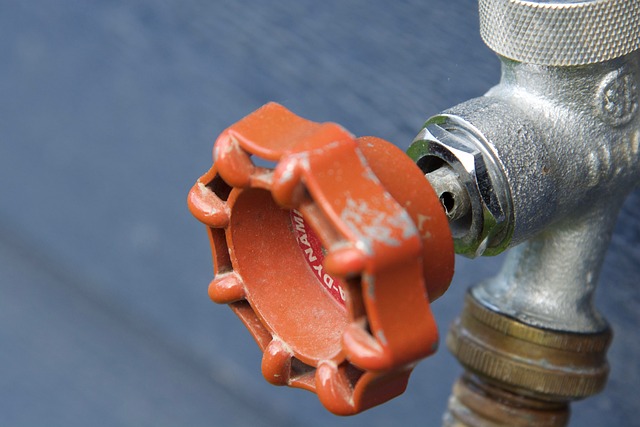
Unclogging drains is a common plumbing issue that can disrupt your daily routine. Before calling a professional, try these effective home remedies for reliable plumbing solutions. Start with a simple combination of baking soda and vinegar; pour half a cup of baking soda down the drain followed by one cup of white vinegar. This mixture creates a chemical reaction that helps break up any clogs. Let it sit for about 30 minutes and then flush with hot water.
Another affordable option is using a plunger. A plumbing snake or auger is also useful for more stubborn clogs. These tools create suction, which can dislodge the blockage. Remember to maintain regular maintenance by clearing drains of grease, hair, and other debris to prevent future clogs.
Fix a Running Toilet: Quick and Easy Steps
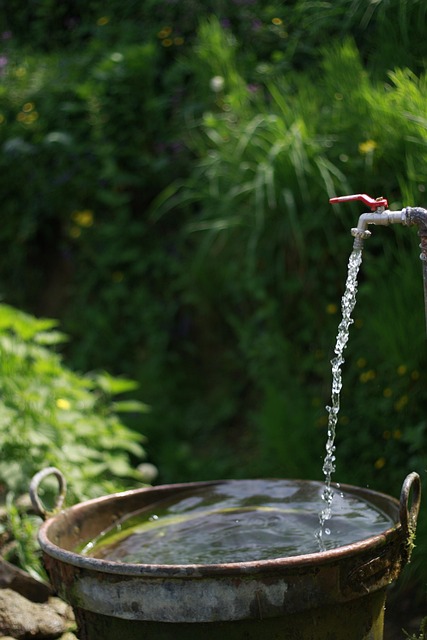
A running toilet can be a common household issue, wasting water and increasing your utility bills. Fortunately, fixing this problem is straightforward and can be accomplished with a few reliable plumbing solutions. Start by lifting the toilet lid and locating the flush valve at the bottom. Turn off the water supply valves connected to the tank, usually found on either side at the back or top. Then, remove the old flapper by pulling it out from the valve. Take your time to measure and cut a new flapper to size if needed.
Next, ensure the chain connecting the handle to the lift wire is properly adjusted. Once ready, drop in the new flapper and reattach the chain. Finally, flush the toilet to test its functionality. If water still runs, double-check your connections and adjust accordingly. Reliable plumbing solutions are within reach for even the simplest repairs, ensuring a well-functioning bathroom and saving you from unnecessary expenses.
Water Heater Troubleshooter: Troubleshooting Common Problems

Are your water heater troubles leaving you hot under the collar? Don’t fret—reliable plumbing solutions are within reach. Start by checking the most common culprits: the thermostat setting, ensuring it’s set to the desired temperature. A faulty thermostat can cause your heater to run constantly or never turn on at all.
Next, inspect the heating element for any signs of corrosion or damage. If it’s malfunctioning, consider replacing it. Also, examine the dip tube for cracks or holes; a damaged dip tube can lead to inefficient heating and potential leaks. If these steps don’t resolve the issue, it might be time to call in a professional plumber for a thorough diagnostic evaluation.
Pipeline Freezing: Prevention and Solutions
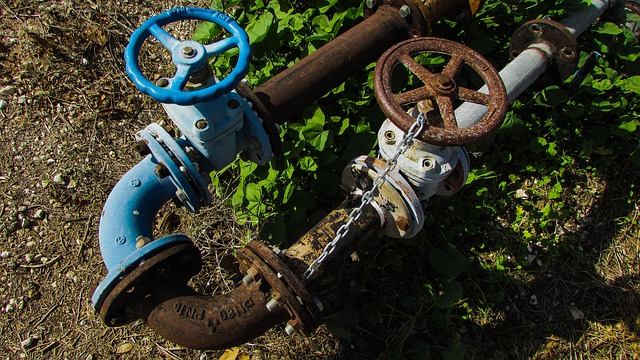
Pipeline freezing is a common plumbing issue, especially in colder climates. To prevent this, reliable plumbing solutions recommend maintaining proper insulation around pipes exposed to extreme temperatures. Using heat tape or thermostatically controlled heaters can be effective, as they keep water from dropping below the freezing point.
If your pipelines do freeze, there are several troubleshooting steps you can take. First, try to thaw the frozen section using a heated towel or hot water. If this doesn’t work, shut off the water supply to prevent further damage and call a professional plumber for assistance. They can use specialized tools to thaw the pipes or replace damaged sections as needed.
Clogged Sewer Line: When to Call a Professional
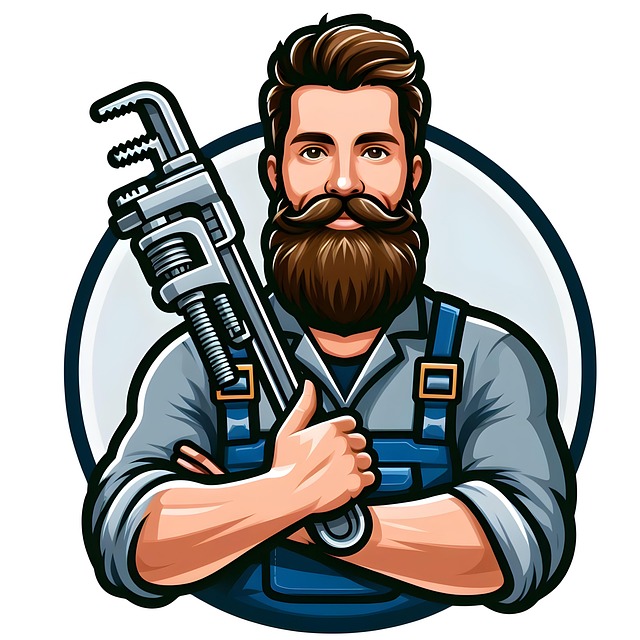
If you’re dealing with a clogged sewer line, it’s crucial to understand when it’s time to seek professional help. While some minor clogs can be addressed using household remedies like baking soda and vinegar, persistent or severe blockages may require advanced tools and expertise. Look out for warning signs such as slow-draining sinks or showers, gurgling sounds coming from pipes, or a distinct sewer smell wafting through your home.
If these issues persist despite your best efforts, it’s best to contact reliable plumbing solutions. Professionals are equipped with specialized equipment like drain cameras and hydro jetting machines, which allow them to accurately diagnose the problem and clear obstructions safely and effectively. Timely intervention from a reputable plumber can prevent more serious plumbing disasters and ensure your sewer system operates smoothly.
Plumbing Noise Diagnosed: Identifying the Source

Unwanted plumbing noises can be a common household frustration, but identifying and addressing the source is key to achieving reliable plumbing solutions. From banging pipes to clanking sounds, these noises often indicate issues within your plumbing system. The first step is to pinpoint where exactly the noise is originating from—is it in one specific pipe or emanating from multiple fixtures?
By carefully listening to the distinct sounds and tracing their paths, you can narrow down potential problems like loose connections, water pressure imbalances, or even blocked pipes. Once diagnosed, these issues can be efficiently resolved by a reliable plumbing service, ensuring your system operates smoothly without further disturbances.
Reliable Plumbing Maintenance Tips for Homeowners

Reliable plumbing solutions start with proactive maintenance. Regularly inspect your home’s plumbing system for any signs of damage, leaks, or corrosion. Simple tasks like checking for water pressure and ensuring all valves are fully open can prevent minor issues from escalating. Keep an eye on fixtures, pipes, and appliances—regular cleaning and descaling can prolong their lifespan and maintain optimal performance.
Implementing easy habits like turning off faucets tightly after use, avoiding flushing non-biodegradable items, and scheduling professional plumbing inspections annually will contribute to a reliable plumbing system. These proactive measures not only save you from costly emergency repairs but also help preserve the efficiency of your home’s water supply.
